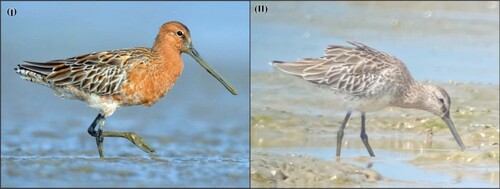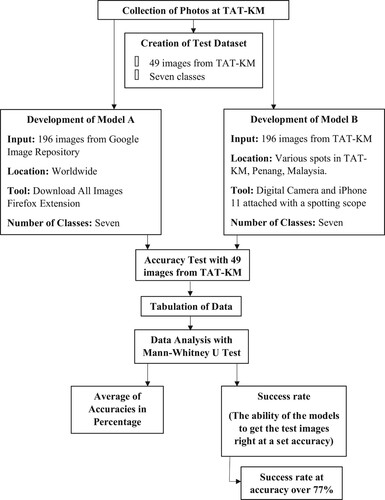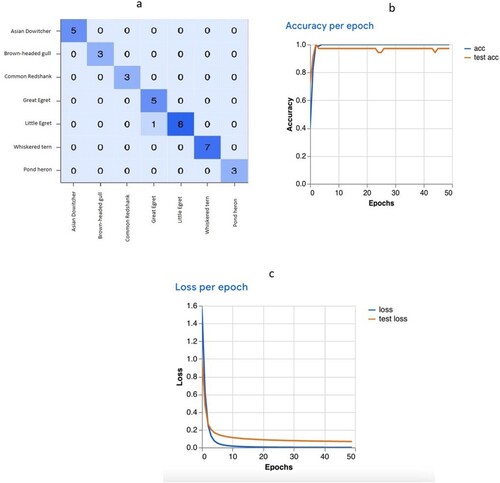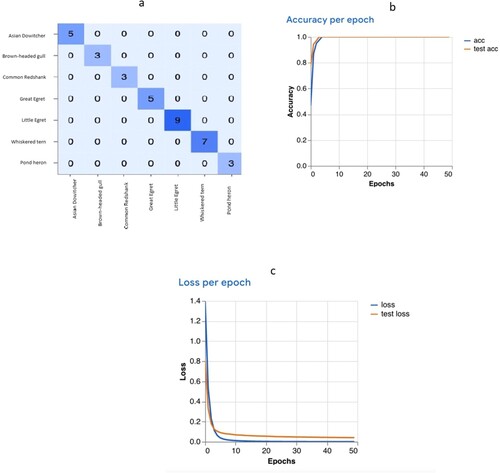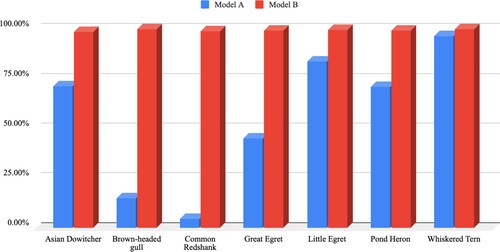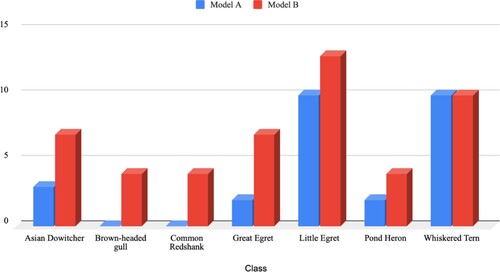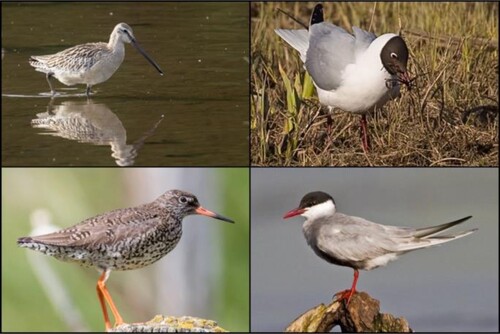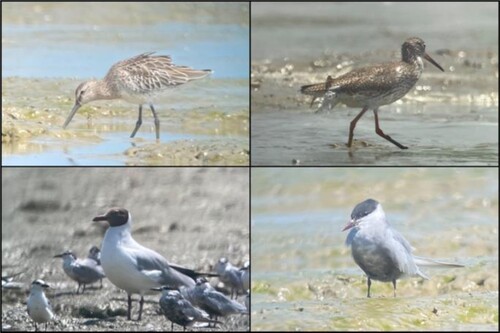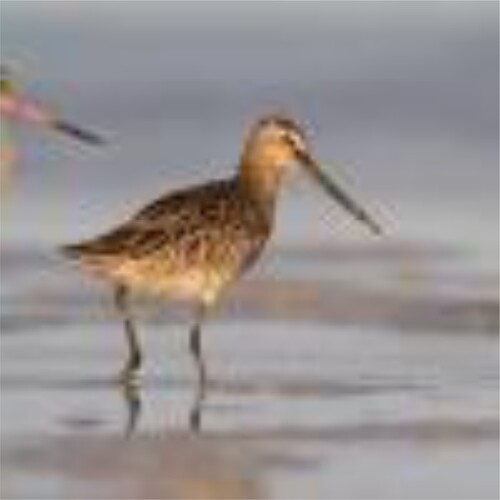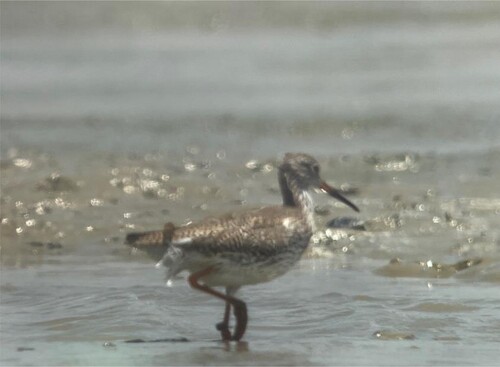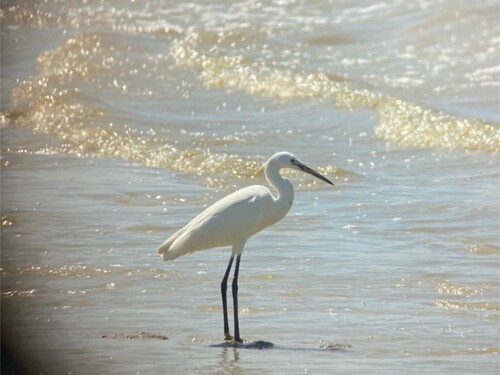Figures & data
Figure 1. (A) Penang map with a red square indicating the location of TAT-KM. (B) Site map of TAT-KM. (Google, n.d.).
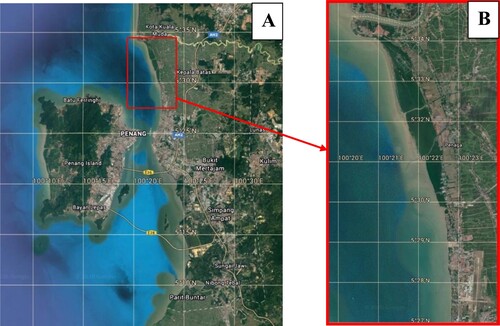
Table 1. Number of training and test images used in Model A and Model B.
Figure 7. Examples of training samples used in Model A. (I) Asian Dowitcher. (II) Brown-headed Gull. (III) Common Redshank. (IV) Whiskered Tern. (V) Great Egret. (VI) Little Egret. (VII) Pond Heron.
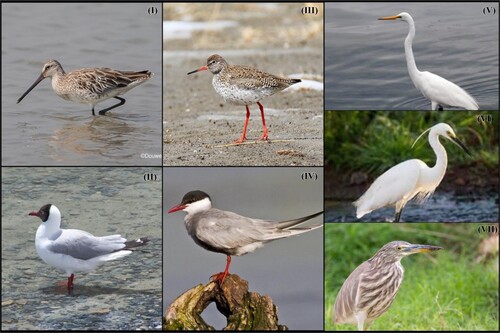
Figure 8. The difference in the appearance of the same species Asian dowitcher. (I) An example of a training image used in Model A. The morphological feature of the bird fits the description of the Asian dowitcher in the breeding season. (II) An example of a training image used in Model B. The brownish plumage tells that the bird is not in its breeding season.
